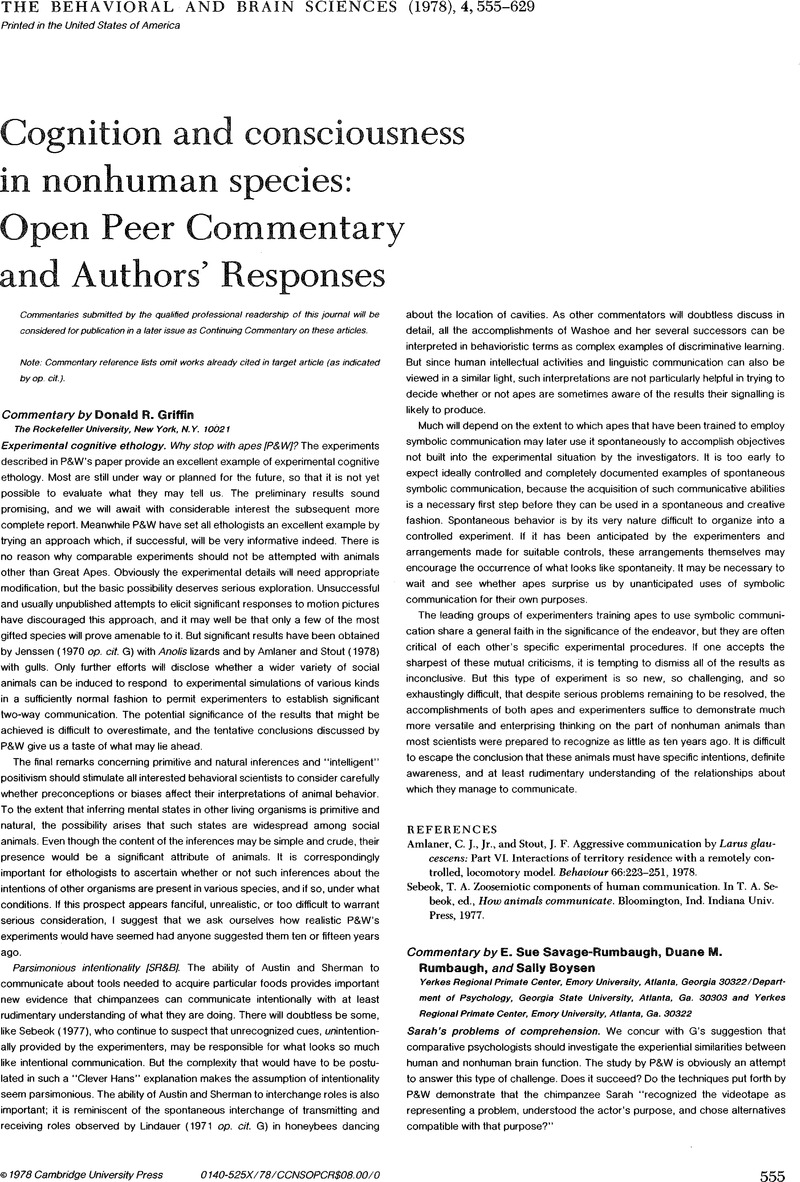Crossref Citations
This article has been cited by the following publications. This list is generated based on data provided by Crossref.
Hunt, Harry T.
1985.
Cognition and States of Consciousness: The Necessity for Empirical Study of Ordinary and Nonordinary Consciousness for Contemporary Cognitive Psychology.
Perceptual and Motor Skills,
Vol. 60,
Issue. 1,
p.
239.
Hammond, Stuart I.
2021.
Emergence, convergence, and theory of mind.
Theory & Psychology,
Vol. 31,
Issue. 3,
p.
433.



